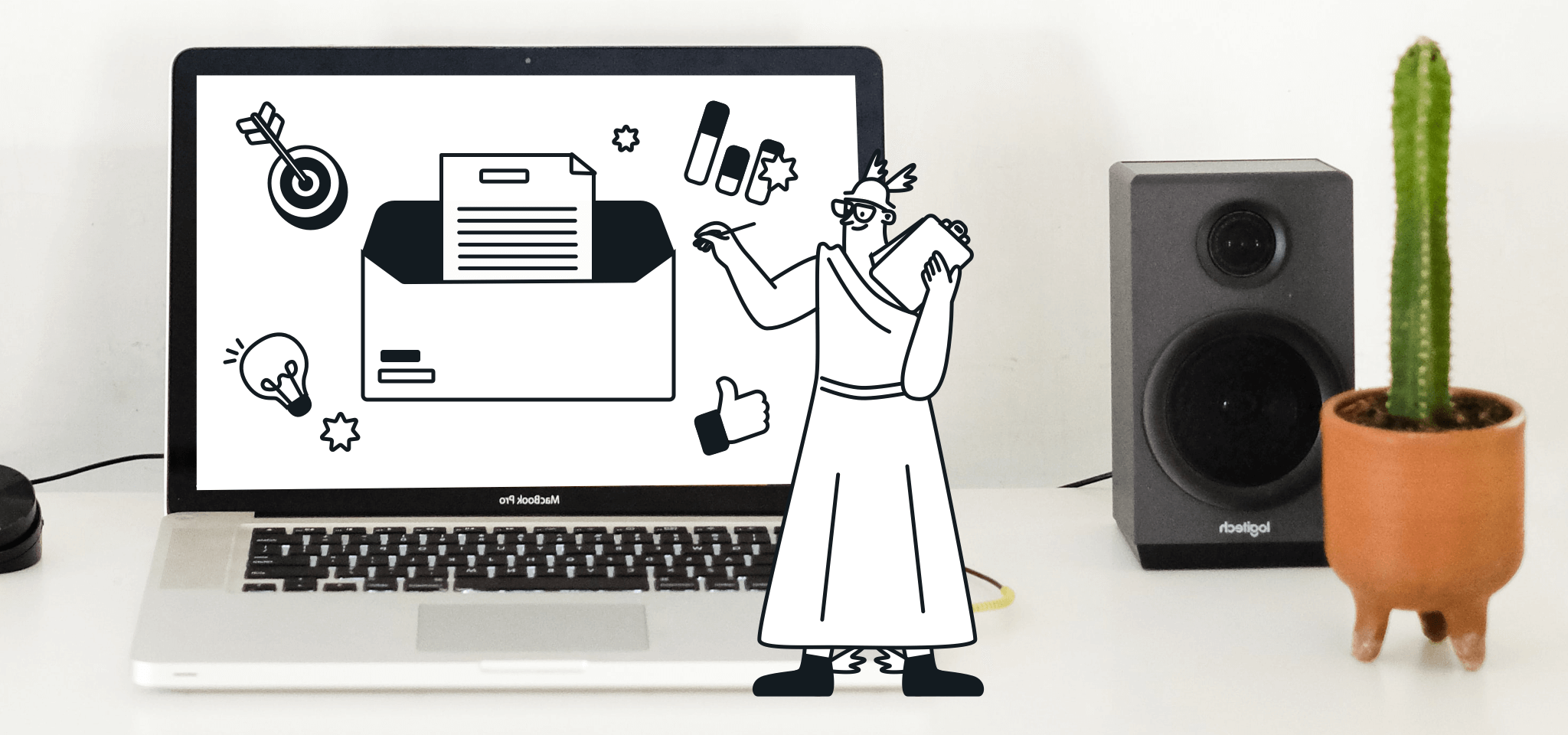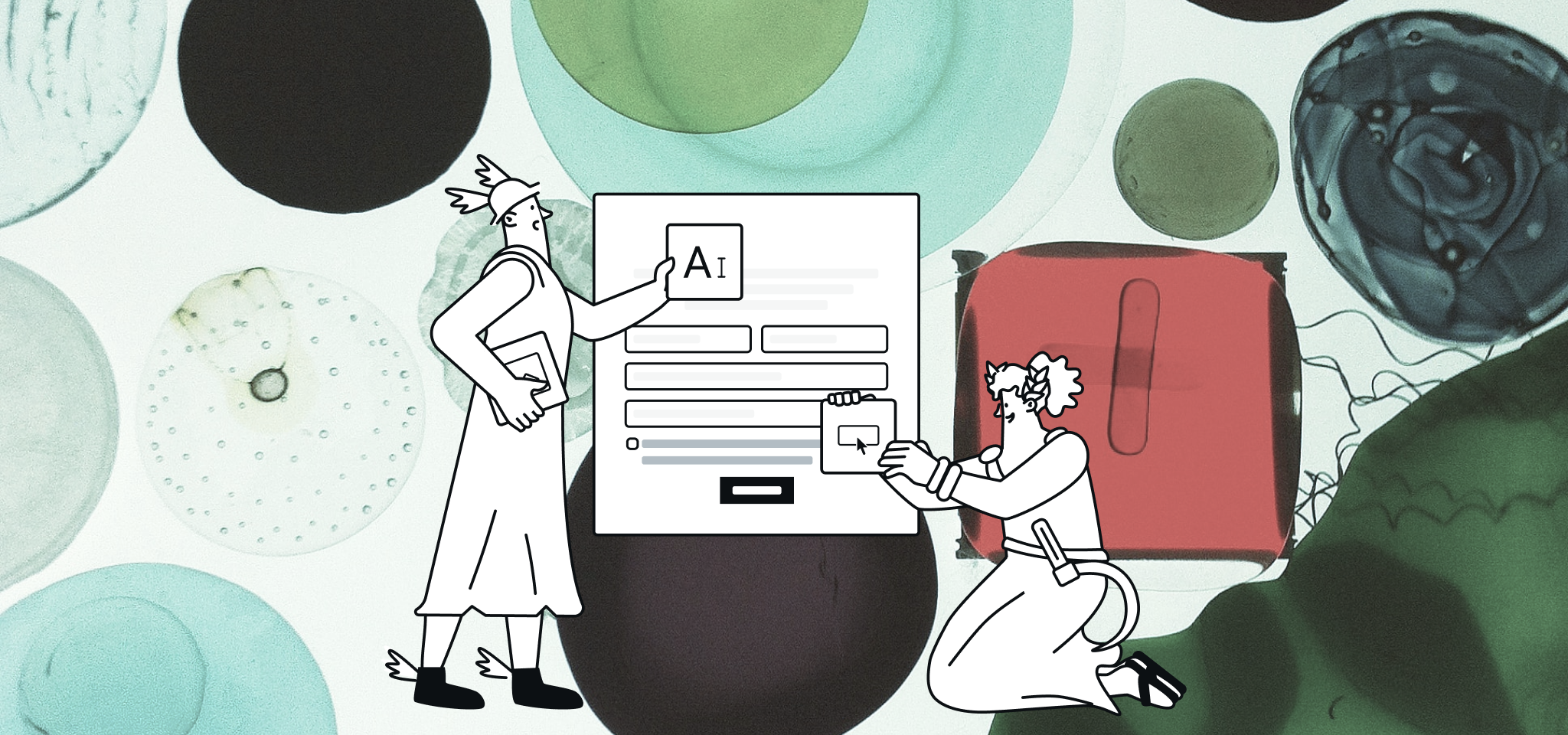Email best practices
Segmenting your naughty list: If Santa Claus were an email marketer
Put yourself in Santa’s boots. When creating your holiday contact list, think about how you can use customer data to create naughty and nice lists.

PUBLISHED ON
The key to a successful email campaign is your contact list. But don’t just settle for one, generic list for your email campaigns this holiday season, look to the man himself for inspiration: Santa. After all, he doesn’t drop off gifts to all kids but follows his naughty and nice lists to send different gifts. He also needs to look over the different wish lists he’s receiving from children worldwide and split them according to interest and personal preference to know which gift to send to each child.
With our previous post about getting your contact list ready for the holidays, you’ve already done some serious holiday cleaning. This week, we’ll take a step further and focus on a feature that can help maximize the ROI of your contact list: segmentation. Instead of sending the same message to all of your customers, segment your list to narrow down your target audience and send more targeted email campaigns. The holidays are the perfect opportunity to leverage segmentation to make the most of your emails.
As you are putting together your holiday contact list, think about how you can use the information you have about your customers to create your own naughty and nice lists. Put yourself in Santa’s boots: what would you do if you had billions of kids all over the world that needed to receive different gifts, based on their behavior this past year?
Start digging for data
Essentially, there are two types of data you can use for segmentation: collected user data and existing user data, each offering different ways to be used for segmentation:
Collected user data: This type of data is captured with an opt-in form on your website, along with the email address when customers sign up to your mailing list. You’re probably already using a form on your website to capture email addresses, but you can take this one step further by asking customers to enter more specific and personal information about themselves as they sign-up. The type of information you would be getting here is demographic and psychographic data that can help you understand your customers’ interests and personality traits.
Existing user data: If you’re in ecommerce, there’s a good chance you’re already sitting on a gold mine of data about your customers that can be used for segmentation. Each customer that signs up and makes one or more purchases leaves behind valuable information such as what they buy, how often they buy and how much money they spend. This type of data can be characterized as behavioral data.
Build your segments
The next question you will want to answer is what kind of data you want to use for segmentation. The answer to that isn’t really clear-cut since it depends on your business and how you’re planning to group your contacts for your email campaigns. So to determine the kind of data to use, think about what would make sense for your business. Consider if there are some obvious ways to group your customers based on different characteristics. To give you some inspiration, here are a few examples of the the kind of data you can use:

With information like this you’re able to pinpoint the kind of segment you want to create. If you want to get even more specific about your segments, you can combine different types of data and create even more precise groups. For example, you could focus on only women that prefer shopping for shoes and that have made at least 5 purchases over the past 6 months.
Once you have different groups of customers with similar characteristics, interests or habits, it will be easier to understand the each segment and thereby craft messages that resonate well with each one.
Craft your message
Now that you have your segments, it’s time to put them to use. As you start planning your campaign, consider how you can create a message based on the segments you have created. Essentially, you want your campaign to match the segment you’re sending it to, so always keep your audience in mind.
To follow the different data types suggested above, here are some ideas of how you could match your message with each segment:

By matching up the segment with a fitting message, your campaigns will be much more targeted and take into account the different characteristics, preferences and needs of your customers.
Segmentation is a powerful tool because it lets you slice a big contact list up into small, precise chunks. Also, you will be able to respond to the behavior and preferences of your customers and thereby create a much more customized and personalized experience for them.
Want to define your email strategy to win customers over this holiday season? Check out Mailjet's Ultimate Guide To Holiday Emailing.








